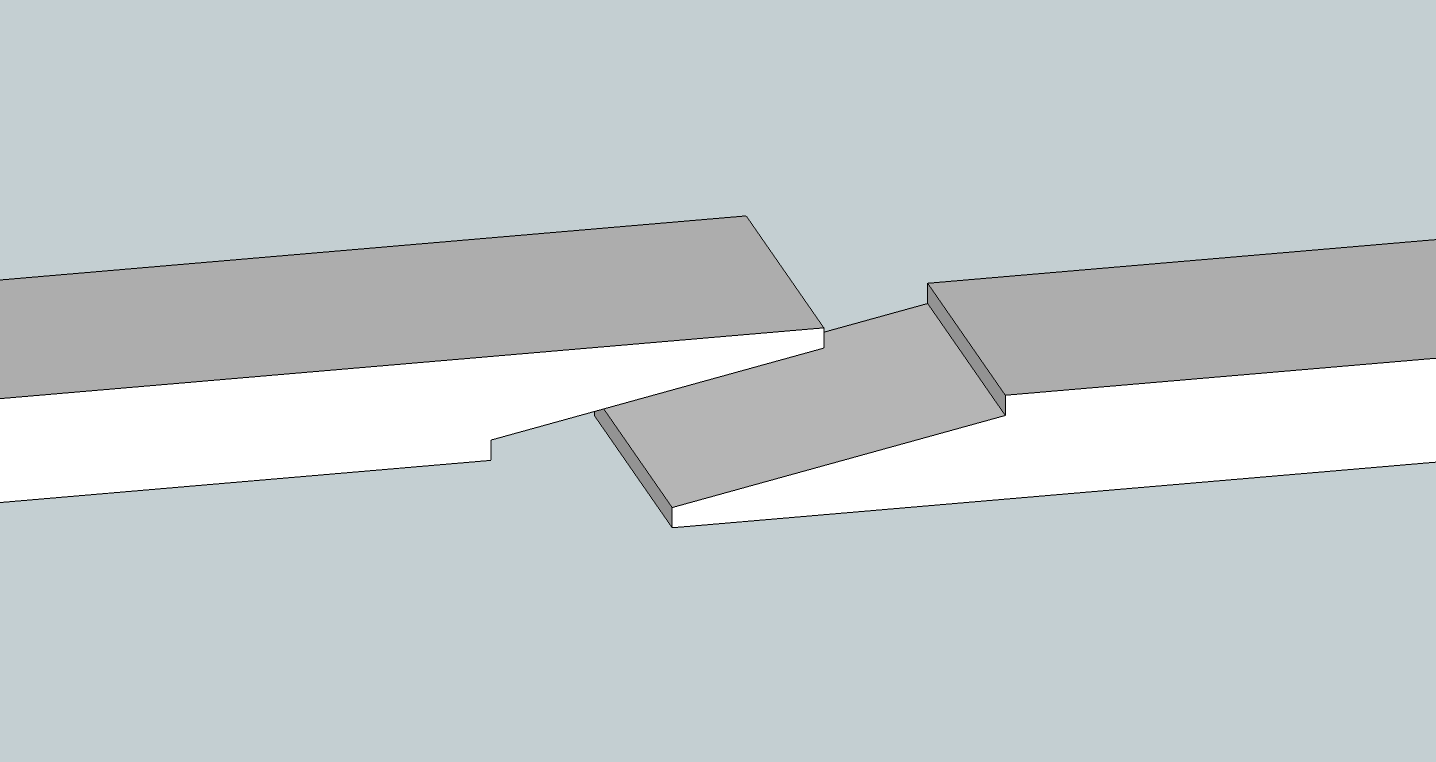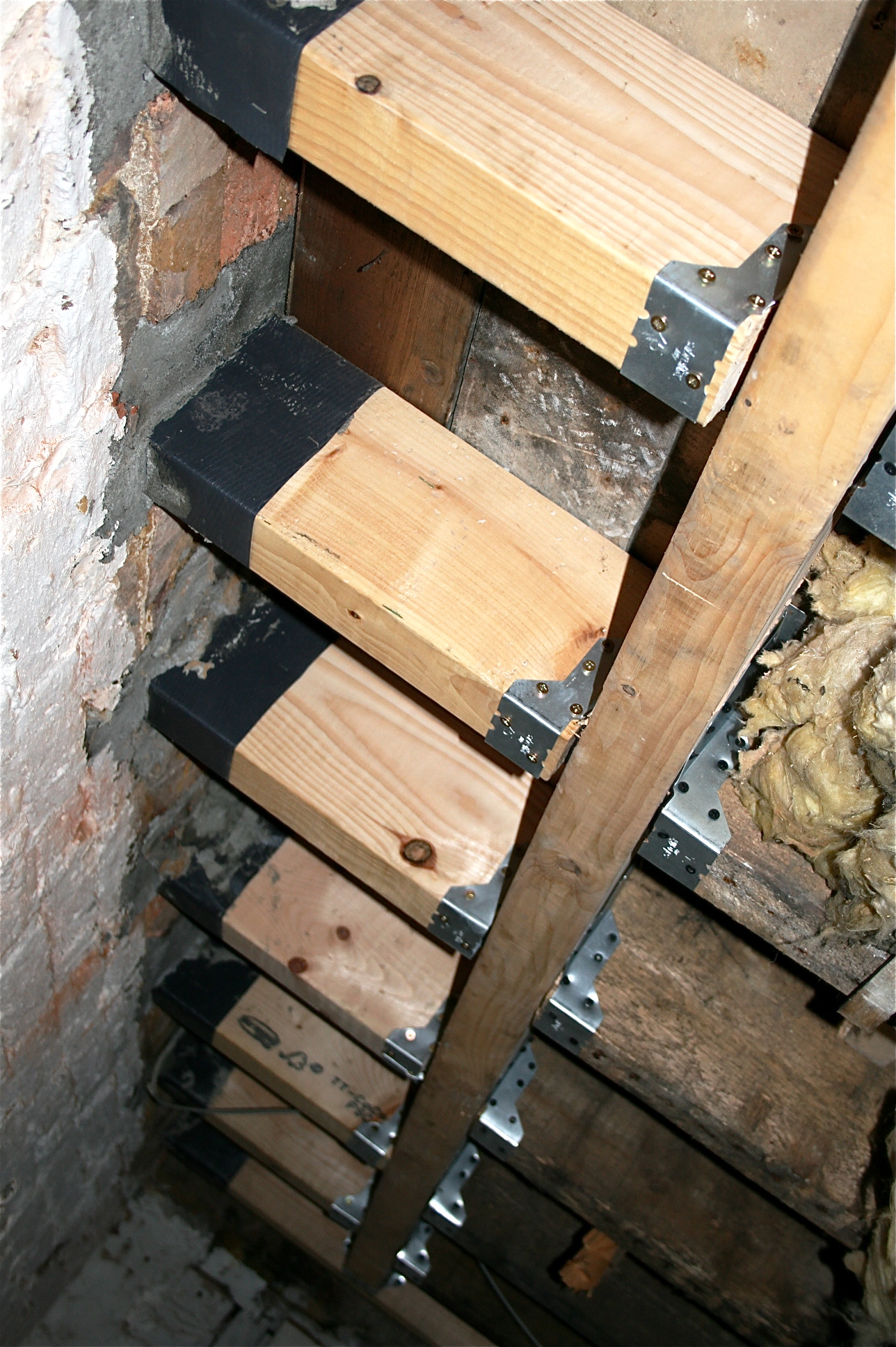Great post by Oberon on - http://www.doityourself.com/forum/doors-skylights-windows/362701-condensation-inside-windows.html
Okay, it is that time of year - here is the really long version!

You have interior condensation on your windows simply because the surface temperature of the window is below the dew point temperature of the air in your home…that’s it…a very simple explanation.
Unfortunately, as to why the surface temperature of your window (glass) is below the dew point temperature of the air in your home may be a bit more complex – so I am going to offer a few thoughts and maybe even throw in a few numbers that I hope might help your situation.
In the summer, when you pull something cold and refreshing out of the refrigerator, and the air is warm and humid, that cold and refreshing beverage container suddenly and quite magically becomes instantly wet – just as soon as it is exposed to the air. What has happened is that the temperature of the container fresh from the refrigerator is below the dew point temperature of the air – which has caused condensation on the outside of that container.
What happens to your windows in the fall and winter is that the surface of the glass is below the dew point temperature of the air in your home – which is causing condensation on the surface of that glass.
Dew point is defined as saturation vapor density...or put in simpler terms, when the air reaches 100% relative humidity and can hold no more moisture.
Relative humidity is, well, relative.
Relative humidity is a comparison of the actual vapor density versus the saturation vapor density at a particular temperature. Put a bit more simply, dew point is 100% relative humidity or the point where the air - at that temperature - is no longer able to hold any more moisture. If the air has reached vapor saturation (100% relative humidity), then the air will release moisture...be it on the outside of that cold beverage container in the summer time, or be it on the interior glass surface of your windows in the winter time, it makes no difference. If the surface temperature happens to be below freezing, then that moisture becomes frost or even ice.
In order to stop condensation from forming on the surface of a window, you either have to lower the dew point temperature of the air in your home to a level below the dew point temperature of the window surface, or you have to warm up the window surface to a temperature above the dew point temperature of your home, or a combination of both.
Lowering the relative humidity of the air in your home may have absolutely no effect on controlling window condensation or it may completely solve your problem – depends on how you lower the relative humidity and what affect the “how” has on both the moisture level of your air and the temperature of your windows. All this because there are two ways to lower relative humidity – first, you can increase the air temperature in your home or second, you can decrease the moisture content of the air in your home.
By increasing the air temperature in your home you will lower the relative humidity but you will not change the dew point – which is based on the amount of water vapor in the air and is not based on the temperature of the air. So, while the RH is lower with higher air temperature, it may not effect condensation on window surfaces at all – unless the rise in air temperature also caused a corresponding rise in window glass temperature to a level above the dew point temperature.
But, lowering the amount of water vapor or moisture in your air will lower the dew point temperature as well. And if it lowers the dew point temperature sufficiently to drop it below the temperature of your window glass – no more condensation issues.
The amount of moisture in the air is measured in grams per cubic meter, which is kind of nice for our metric folks but not so nice for our non-metric folks; but the metric version is much easier on the calculator than the English version. However, in the interest of making this stuff easier to understand for all of us non-metric types, I am going to use Fahrenheit rather than Celsius temperatures in the calculations.
Okay – consider your home at 65 degrees F and with a relative humidity reading of 40%. There are 6.25 grams of water in a cubic meter of air in your home in that particular scenario - which then equates to a dew point temperature of 38 degrees F. So at 38 degrees the air will be at 100% relative humidity or at saturation vapor density.
Now, if your neighbor keeps her house at 75 degrees, but she also has 6.25 grams of water per cubic meter in her air, then the relative humidity in her home is 29% - versus your 40%. But, and here’s the kicker, the dew point temperature in her home is still 38 degrees.
While the relative humidity in her home is much lower than is the relative humidity in yours; if the surface temperature of the windows in her home is 35 degrees she will have condensation on those windows…yet if the surface temperature of your windows is 40 degrees – only five degrees warmer – you will not have condensation on your windows.
So, while her handy humidity gauge reads (correctly) only 29% RH – she has a condensation problem.
While your handy humidity gauge reads (correctly) 40% RH – you don’t have a condensation problem…SWEET…well, for you anyway, not her.
If your home hygrometer measures the relative humidity in your home at 60% while the temperature of your home is 70 degrees, you will have a dew point temperature of about 51 degrees – meaning that if the temperature of the window surface is below 51 degrees then you will have condensation - so now we talk a little more specifically about windows.
The interior surface temperature of a single lite of glass, when the temperature outside is 0 degrees F and the inside air temperature is 70 degrees, will be about 16 degrees.
Add a storm window on the outside and the surface temperature of the inside lite jumps up to about 43 degrees – a huge improvement.
But these are center-of-glass readings and not the temperature readings at the edge of the window where condensation usually forms. A typical clear glass dual pane window is going to have center-of-glass temperature reading pretty much the same as a single pane with a storm – however, if that dual pane has a LowE coating and an argon gas infill then the center-of-glass temperature will be about 57 degrees – a 14 degree improvement over a clear glass dual pane or a single pane with storm window – but again, and more importantly, there will be a comparable edge of glass improvement as well, particularly if the IGU (Insulating Glass Unit) was manufactured using a warm edge spacer system. Also, the dual pane is going to have desiccant between the glass layers. Desiccant absorbs moisture keeping the inside of the dual pane system very dry.
The advantage? If it gets cold enough outside, the temperature in the airspace between the lites can get very low. By keeping that space dry, it helps to keep the dew point temperature very low as well; something not always possible when using a single pane and storm window.
Oddly enough, a single pane with a good and tight frame and sash assembly may be more prone to condensation than will a less tight single pane window simply because air (and moisture) will leak out of the looser window while the tighter window may be more likely to trap the moisture inside the home. And, while a tight storm window can help the interior lite to avoid condensation (when compared with a single lite and no storm), the storm window itself may frost up when the temperature is low enough – at a temperature usually well above the temperature that will cause the dual pane to ice up. It is unavoidable given the right circumstances
So what does a window temperature of 57 degrees mean? Well, as I mentioned earlier a home kept at 70 degrees with a 60% relative humidity has a dew point temperature of 51 degrees so it is much less likely that there will be condensation problem on those particular windows than there would be with a less energy efficient window - despite the relatively high relative humidity in the home.
But, there is always a "but"…
Again, that 57 degree glass temperature is still a center-of-glass reading and the edge of glass temperature will be lower - actual temperature is dependent on both the spacer system used in the IG unit construction and on the material used to construct the sash. So even with a "57 degree" center-of-glass temperature it is still possible to get window condensation if there is enough moisture in the air.
And consider that the interior glass temperatures are based on the fact that moving, warmer, indoor air is actually in contact with the glass at a given time. Curtains, shades, other obstructions can cause problems by blocking airflow across the glass – airflow that can have a huge effect on the condition of the window relating to condensation. Also, bay and bow windows can be more prone to condensation – again because of the possibility of decreased airflow over the glass.
And finally, what can happen to the dew point if you keep your home at 70 degrees and you have a 65% relative humidity? Well, for one thing the dew point has jumped up to 57 degrees which we have already noted is the same as the window temperature. For another thing, anyone with 65% relative humidity in a home at 70 degrees has way too much moisture in their air and they are in serious need of some sort of ventilation system – or at least several good exhaust fans!
Read more: http://www.doityourself.com/forum/doors-skylights-windows/362701-condensation-inside-windows.html#ixzz3MHiQZZ5x










